|
Howardina Pindell: What Remains to Be Seen
Abstraction and Mark Making
2 Comments
Rylan Karjane
11/28/2018 11:25:44 am
What you said about serendipity and how you feel it is a term lazy artists use to pass off the hard thinking onto the viewer really resonated with me. I enjoyed your interpretation an viewing of her work and I especially loved " Yes, there was random, but with intent." You are very eloquent and purposeful with your words and I admire that.
Reply
MM
11/29/2018 09:25:17 am
So....don't hate me... but it was serendipitous that I paired you and Rylan!!! The paring was random, pretty much, but I did pair students who did/did not attend the field trip, in order to support your level of experience. I think it worked out well that the two of you could continue to reflect on the element of chance - and the definition of laziness/skill (lack thereof). You said "However, Pindell has changed my mind - somewhat." - I'm excited about that! And to re-quote what Rylan responded to - "There were no truly random parts of her art. There was a chosen random, a curated random. Yes, there was random, but with intent." Awesome. The rest of your post was equally thorough, thoughtful, and filled with evidence of great learning and experience. Beautiful work!
Reply
Leave a Reply. |
AuthorWrite something about yourself. No need to be fancy, just an overview. Archives
June 2019
Categories |
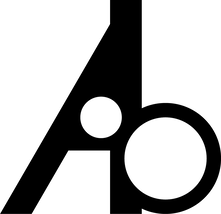
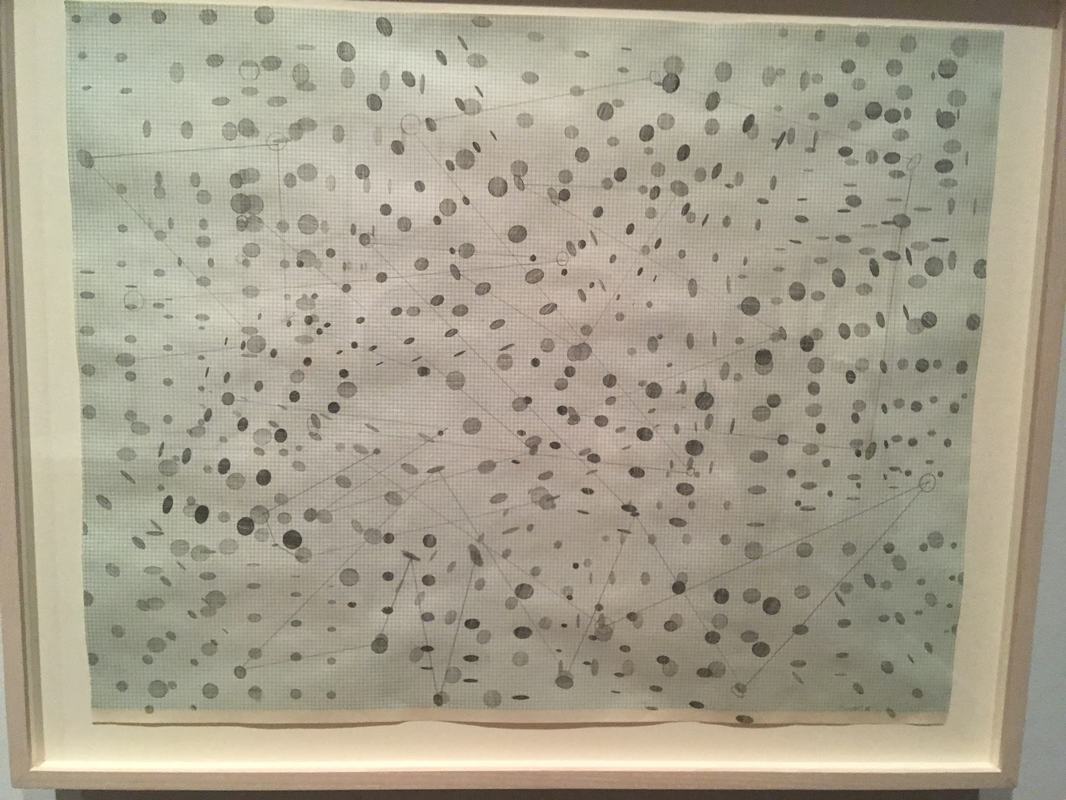
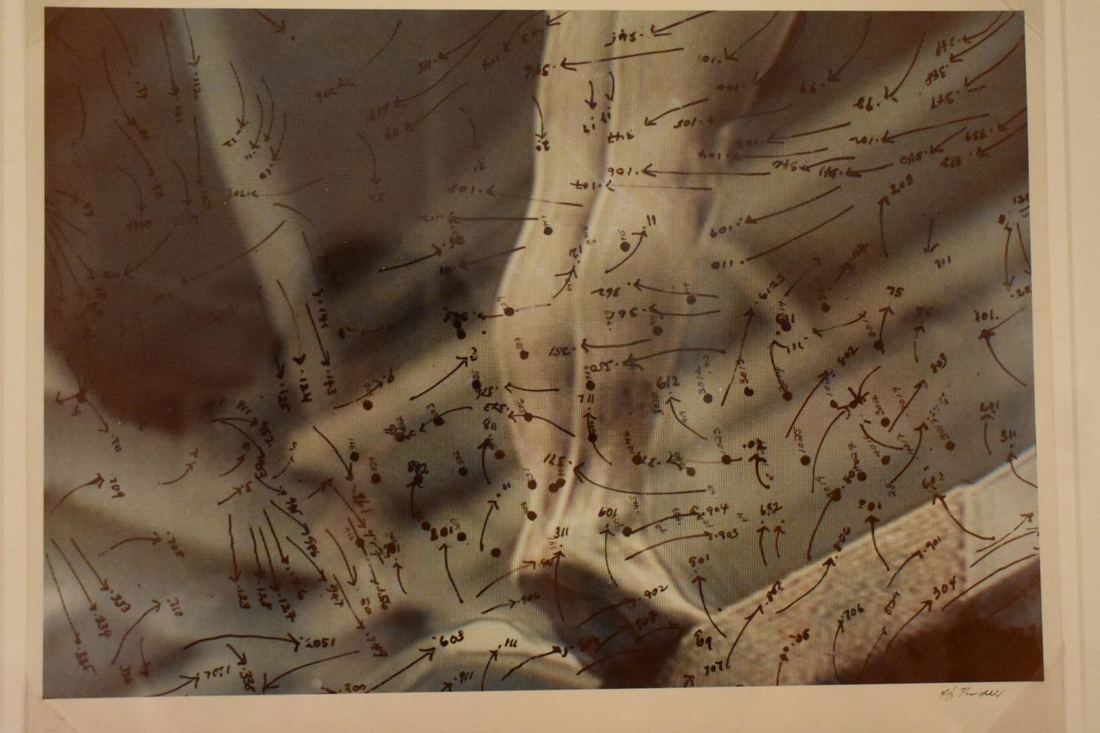
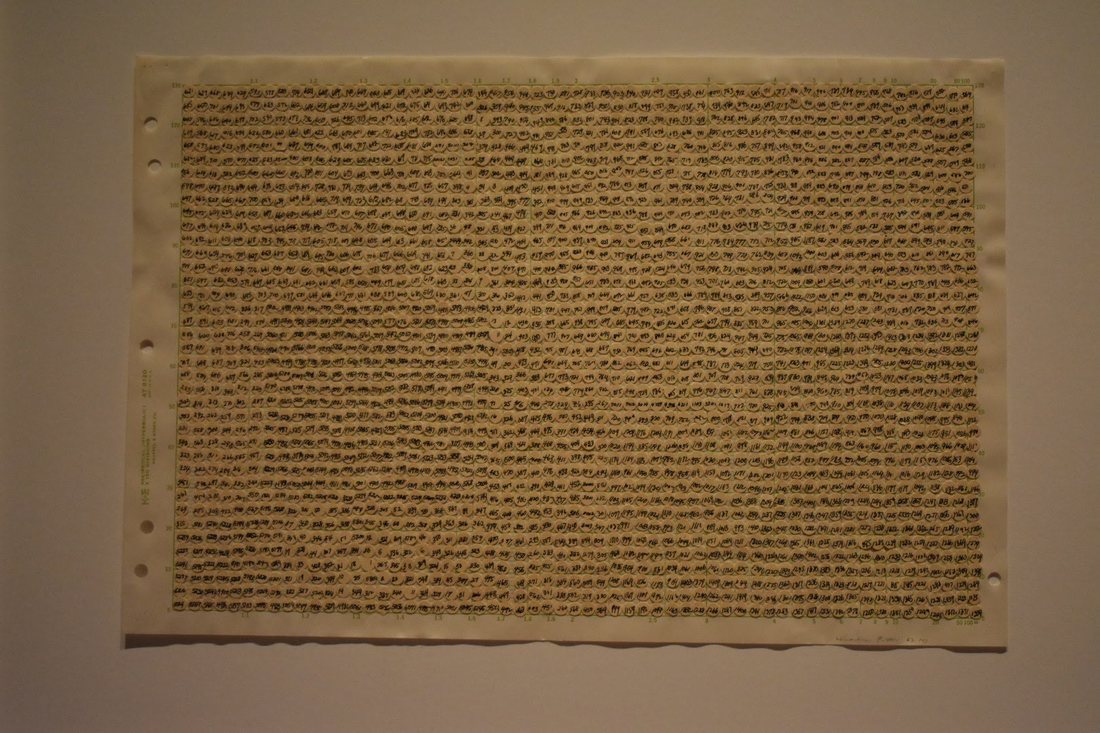
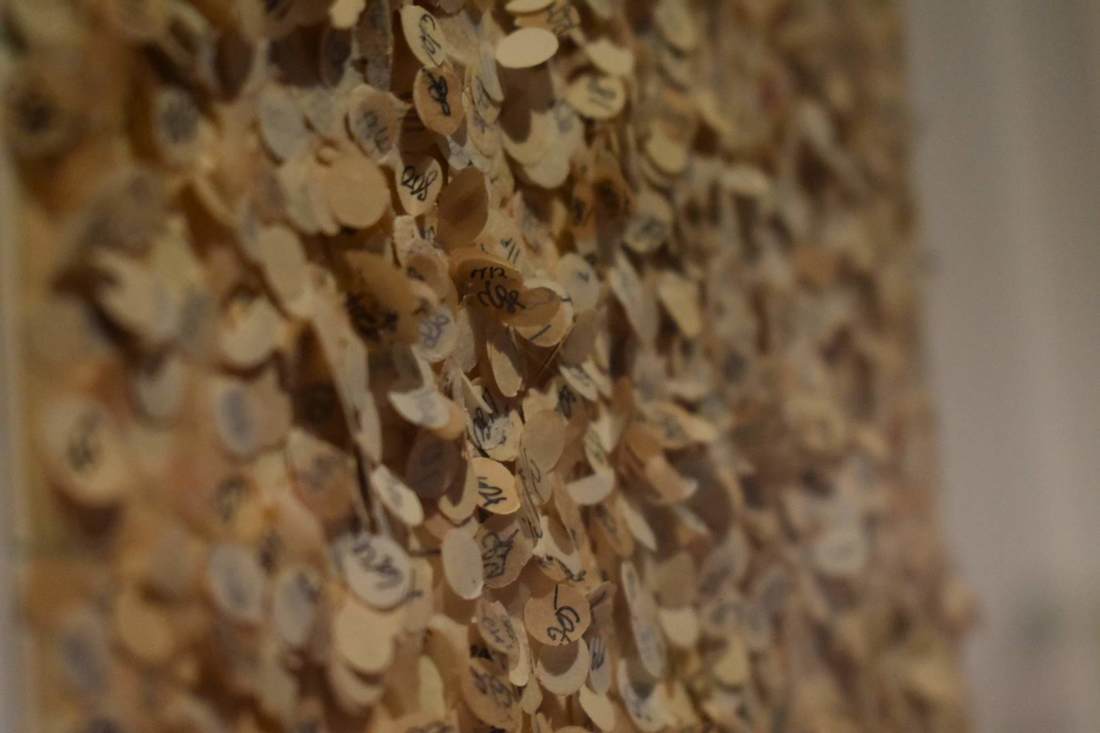
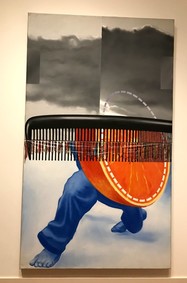
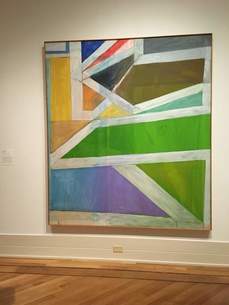
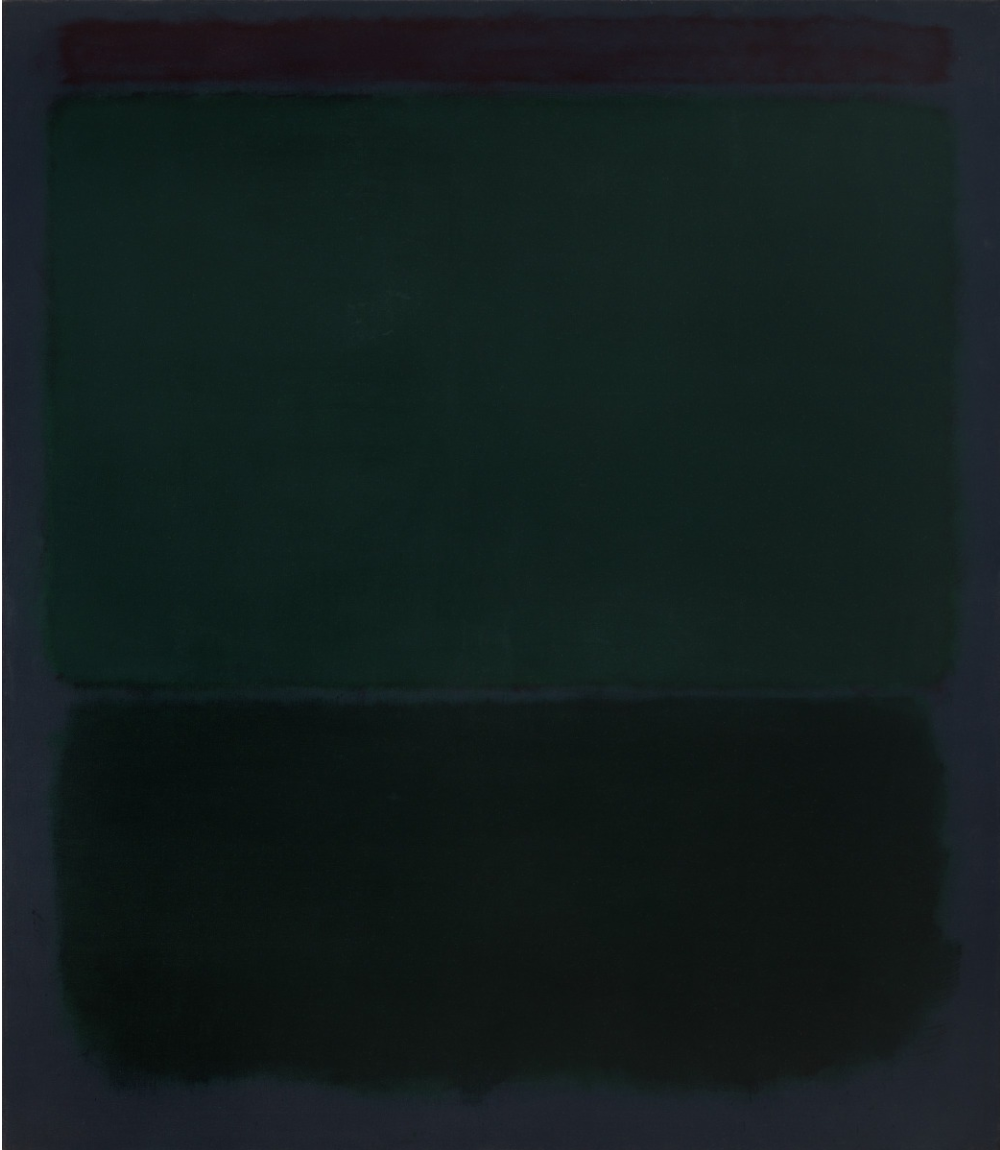
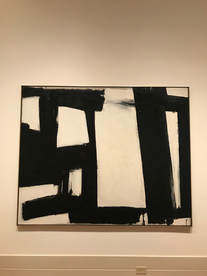
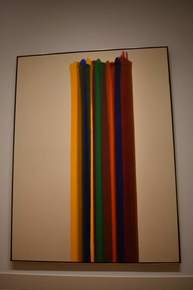

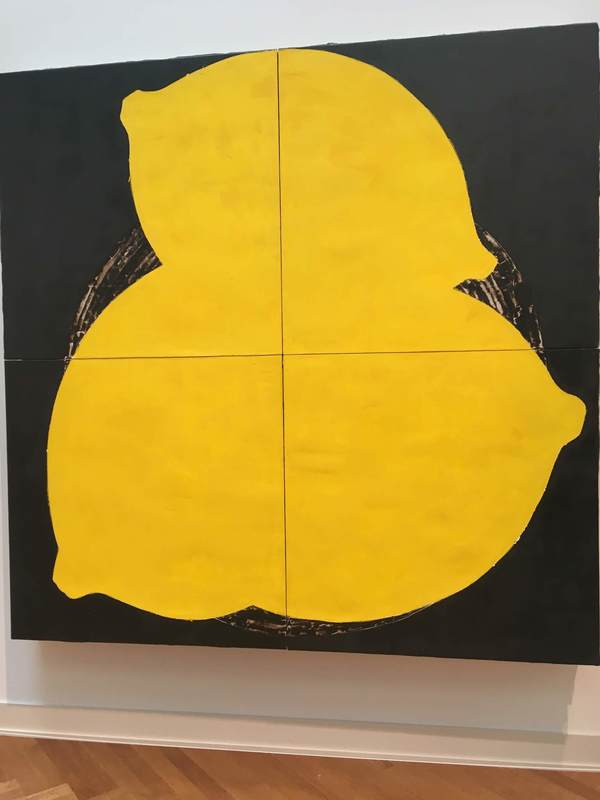
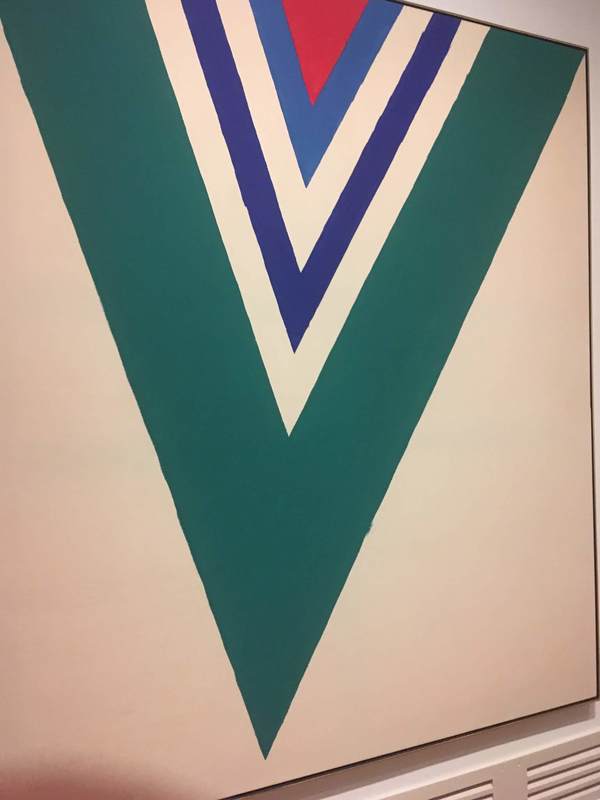
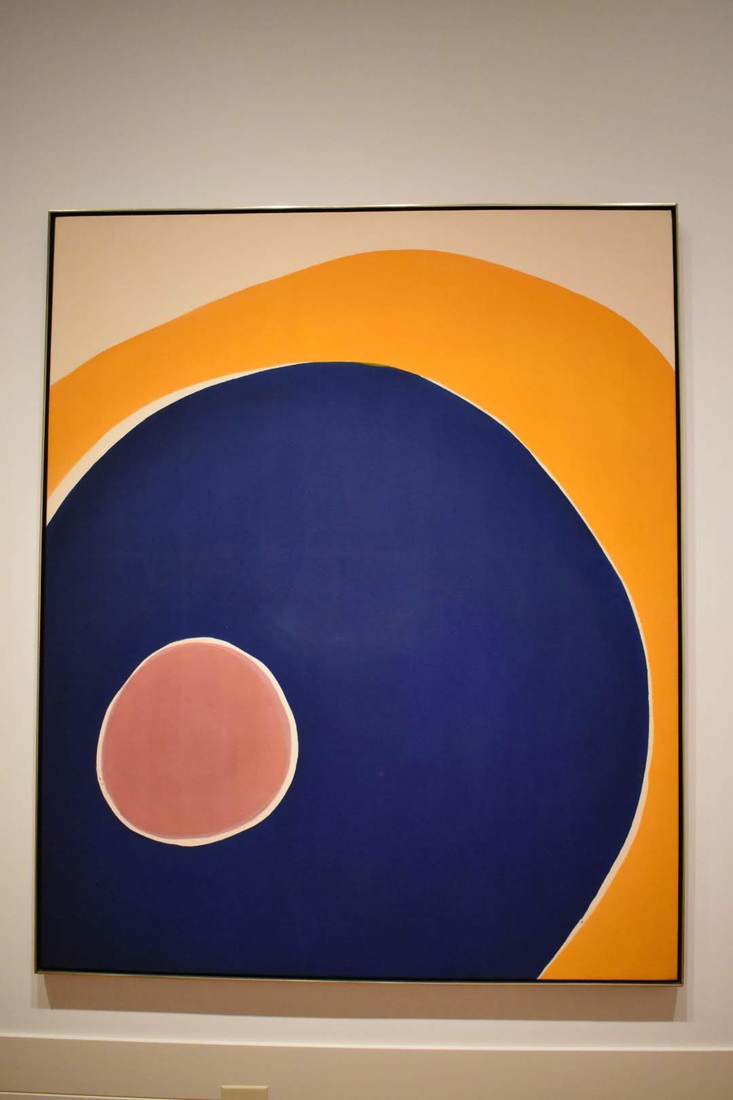
 RSS Feed
RSS Feed
